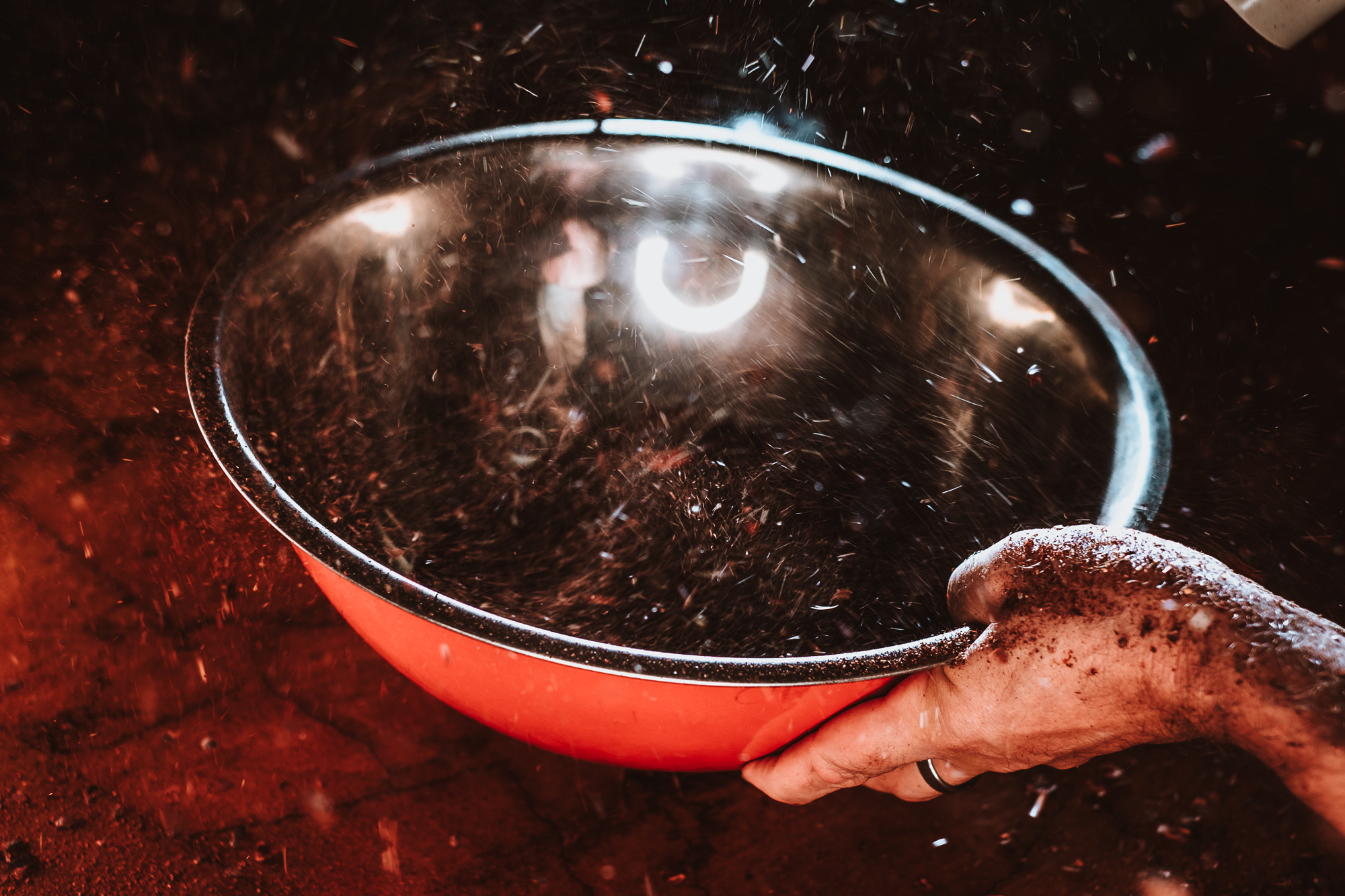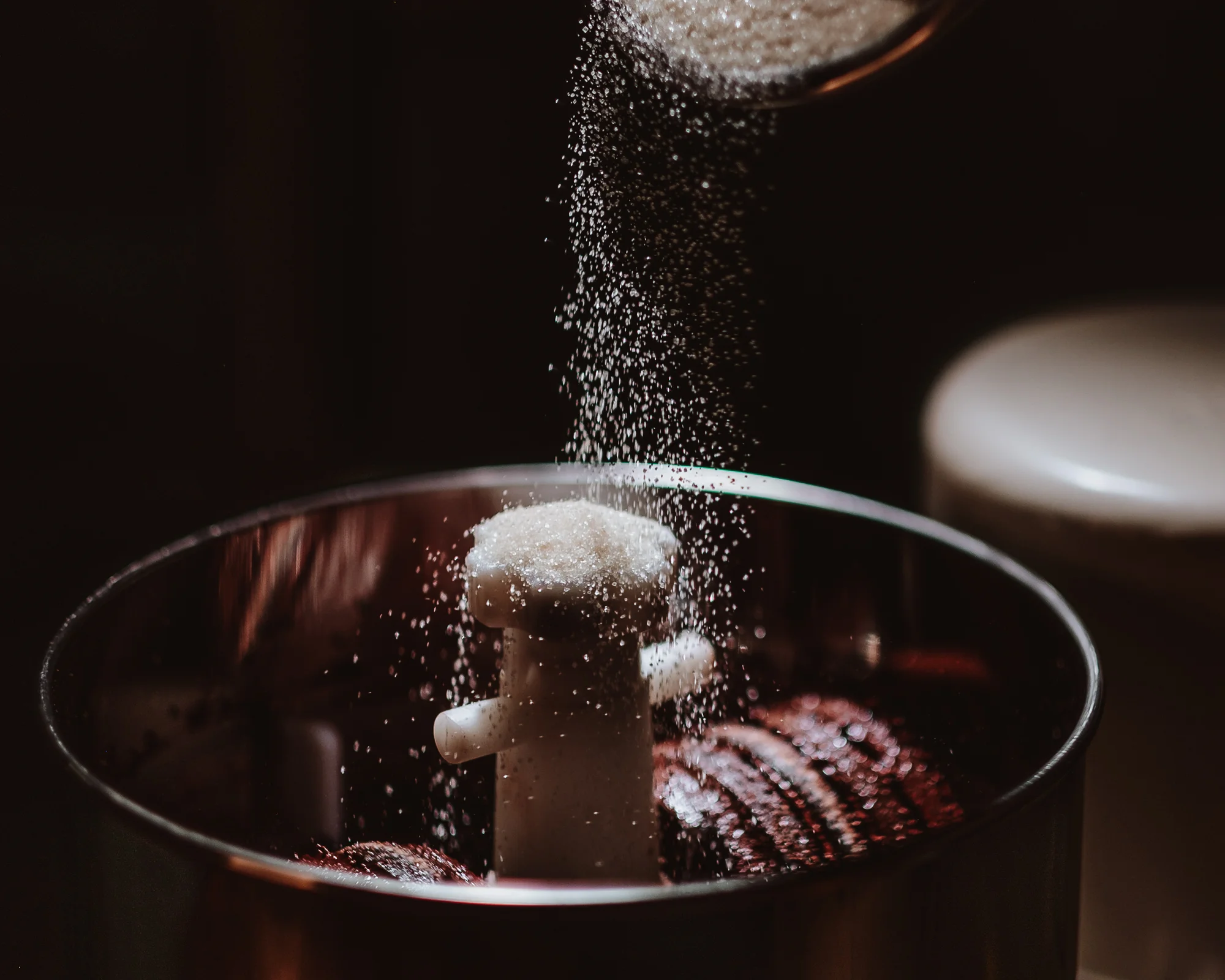Level: Novice
Read time: 10 minutes
How long does it take to make semi-sweet chocolate and what is the recipe? (Part 2)
Last week I discussed recipes and that there is no one recipe for a type of chocolate. They are all ranges. Milk chocolate for instance has to have more than 10% cocoa and more than 12% milk powder.
This week I want to review and put into one place how time relates to chocolate making. What you are going to see again is that there is a range, and there is no cut and dry X length of time it takes to make chocolate from the bean.
Before I start, I want to set the stage and clarify that I am talking about what 99.9%+ of the world thinks of when they speak of chocolate; Chocolate made from fermented cocoa beans, roasted and refined. Unfermented and/or raw and/or semi-rough isn’t part of this discussion.
We are going to start at the very beginning and hit some basics facts. They are large ranges that vary depending upon location, variety, methods and local conditions.
Growing
Cocoa seedlings take 3-5 years to develop into trees and start bearing fruit and are productive 20-30 years.
Cocoa pods take 5-6 months to ripen after pollination.
Fermentation and Drying
Cocoa beans are fermented from 2-12 days, the more common range being 3-5 days. They are then dried 3-7 days, until the moisture is 6-8%.
Now we get into the area that you have choices to make and where you take part.
Fermented cocoa will stay suitable for making quality chocolate from 1-4 years. Very generally speaking fresher is better, but I have personally tasted cocoa stored properly that tasted the same in year one as it did after 4 years.
The take away is don’t write off a cocoa if you see it is from the previous year. Fresher may be generally better, but 2 year old cocoa is not by definition inferior to 1 year old. It can be the same. That said, I’ve never seen it improve over time.
Roasting
Roasting can take from 5 minutes if you are roasting a time amount in an air popper to 45-60 minutes if you are stuck doing a convection oven roast. Drum roast times are 10-20 minutes.
Cooling
As quick as possible without going crazy. 1-15 minutes. The take away here (and really with all your timings) is consistency of your process. Years ago when I was deep into learning everything I could about coffee roasting I and a number of other people went down the rabbit hole of cooling research with the jumping off point of “cool your coffee as fast as possible”. This adage was in response to letting coffee at 450 F cool naturally over an hour. Doing so is a bad idea as the roasting process continues and you get huge amounts of oxygen damage which negatively affects flavor. Humans being humans took it literally and instead of taking away “actively cool your coffee so the roasting process is stopped, instead of letting it passively cool for an hour” people went down the path of trying to get their beans to room temperature in 15 seceonds. It was crazy. Hot beans dumped into ice cold cast iron pans, stirred vigorously with 100 CFM blown over them. That was not needed in coffee and it certainly isn’t needed in cocoa.
Just actively cool them. Get them from 250 F to under 200 in a couple of minutes and down to room temperature in 10-20 minutes and everything will be just fine.
Freshness
I touched on how long you can store your own cocoa in various forms in Ask the Alchemist 78.
Here is the summary.
- Whole raw cocoa beans – 1-4 years
- Raw cocoa nibs 1-2 years with very minor staling
- Whole roasted cocoa beans - 1-2 months with a little more staling
- Roasted cocoa nibs - 4-6 weeks with just a touch more staling.
Winnowing
You don't want to do the blow dryer method
You need to make sure you cocoa beans are fully cool before winnowing. My rule of thumb is 6 hours at a minimum. Before that, even if they are cool to the touch they don’t shatter well when cracking and it can lead to higher waste and more dust.
Winnowing takes about 1 minute per pound.
Refining
(and conching)
The range on refining is 12-48 hours. Very small dark chocolate batches can sometimes refine in 12 hours. 18 hours is more common. 24-36 hours covers most all chocolate under 10 lbs and it is a convenient time. You can put your chocolate on in the morning of day one, and take it off and temper it (if you want) at the end of day two.
Certain milk chocolates in large batches can take 48 hours to get really smooth.
Pro-tip. If you have roasted properly, you will have no need or desire to ‘conch’ extra to drive off poor flavors.
Conching. I would like to get something straight. You really can’t conch in a melanger. Or more to the point, even with the tension off of the rollers, you will always be refining and conching at the same time. And frankly, it really isn’t what melangers are for. Conching is a very specific industrial process of stirring AND heating the chocolate from an outside source without refining, but it has become embedded in the chocolate making consciousness.
My suggestion is don’t worry about it. Just run your chocolate in your melanger until it is smooth as you want it and you are done.
Tempering
You can temper right out of the melanger or store you chocolate in a cool, dry place pretty much indefinitably before you temper. It won’t go bad, although fresher is better is a good philosophy.
I routinely temper with a couple kg of chocolate straight from the melanger with silk in 15-20 minutes. 5-10 minutes to cool it down, 2 minutes to mix in the silk, 2 minutes to pour it into molds and 8 minutes in the refrigerator. It then needs to finish setting up a hour or so before unmolding.
If you are tempering from scratch or seed you should probably schedule an hour or so.
Storage & Aging
Part of the purpose of making your own chocolate at home is freshness. Hopefully you are not storing it for months or years on end. Like most other aspect, fresh is best. That said, chocolate does not go bad. You will probably notice your chocolate tastes a little different from day one to a week later. This is a combination of the tempering crystal structure setting and chemical reactions finishing up. After that you have months.
You may find your chocolate gets extra brittle after months, or picks up an odd texture. Most likely it is Type V crystals converting to Type VI. The chocolate may taste flat since Type VI melts at a higher temperature so you don’t get that quick melt and flavor hit when you eat it.
You can re-temper your chocolate and you can somewhat start that clock over again.
So how long does it take to make chocolate?
- 3-4 years if you are starting from the seed.
- A couple days elapsed time if starting from raw beans (with most of the time being in the refiner)
- A couple hours of active time.
At the end of the day, fresh is best, and longer is not necessarily worse.
This is meant to be fun. No time is so critical that you need to fret over it.
Enjoy the journey.
Next week is Thanksgiving and there will probably not be an Ask the Alchemist article.
Thank YOU for reading and your kind support. Happy chocolate making everyone.










